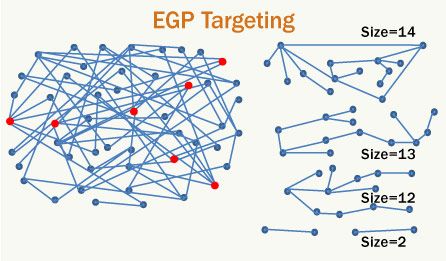Nov 25, 2008
Giant planets ignition
Posted by Alexei Turchin in categories: biotech/medical, existential risks, futurism, geopolitics, nanotechnology, nuclear weapons, rants, space
I wrote an essay on the theme of the possibility of artificial initiation and fusion explosion of giants planets and other objects of Solar system. It is not a scientific article, but an atempt to collect all nesessary information about this existential risk. I conclude that it could not be ruled out as technical possibility, and could be made later as act of space war, which could clean entire Solar system.
Where are some events which are very improbable, but which consequence could be infinitely large (e.g. black holes on LHC.) Possibility of nuclear ignition of self-containing fusion reaction in giant planets like Jupiter and Saturn which could lead to the explosion of the planet, is one of them.
Inside the giant planets is thermonuclear fuel under high pressure and at high density. This density for certain substances is above (except water, perhaps) than the density of these substances on Earth. Large quantities of the substance would not have fly away from reaction zone long enough for large energy relize. This fuel has never been involved in fusion reactions, and it remained easy combustible components, namely, deuterium, helium-3 and lithium, which have burned at all in the stars. In addition, the subsoil giant planets contain fuel for reactions, which may prompt an explosive fire — namely, the tri-helium reaction (3 He 4 = C12) and for reactions to the accession of hydrogen to oxygen, which, however, required to start them much higher temperature. Substance in the bowels of the giant planets is a degenerate form of a metal sea, just as the substance of white dwarfs, which regularly takes place explosive thermonuclear burning in the form of helium flashes and the flashes of the first type of supernova.
The more opaque is environment, the greater are the chances for the reaction to it, as well as less scattering, but in the bowels of the giant planets there are many impurities and can be expected to lower transparency. Gravitational differentiation and chemical reactions can lead to the allocation of areas within the planet that is more suitable to run the reaction in its initial stages.
The stronger will be an explosion of fuse, the greater will be amount of the initial field of burning, and the more likely that the response would be self-sustaining, as the energy loss will be smaller and the number of reaction substances and reaction times greater. It can be assumed that if at sufficiently powerful fuse the reaction will became self-sustaining.









